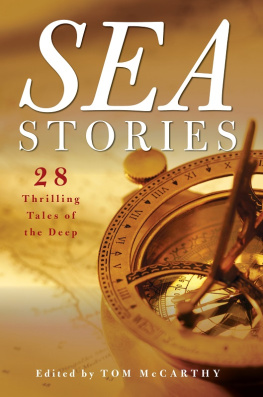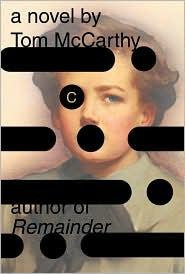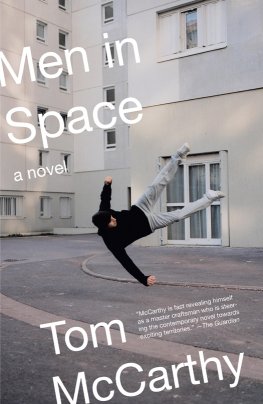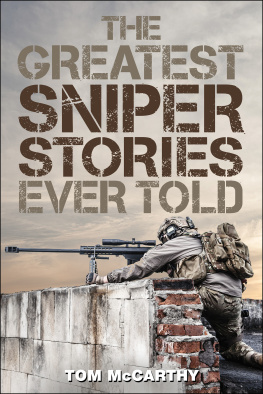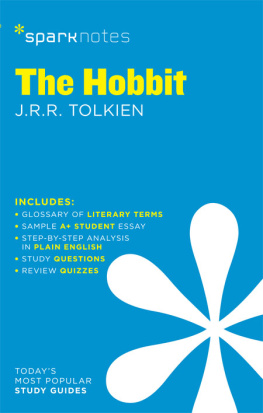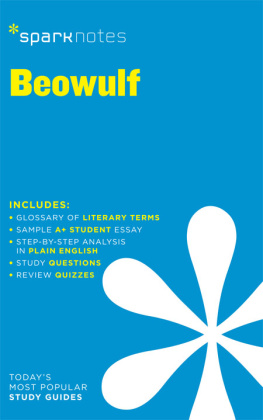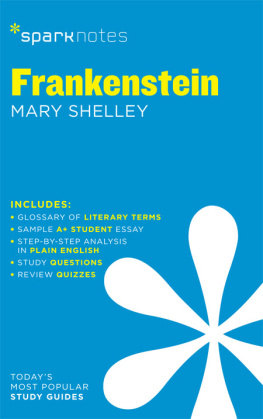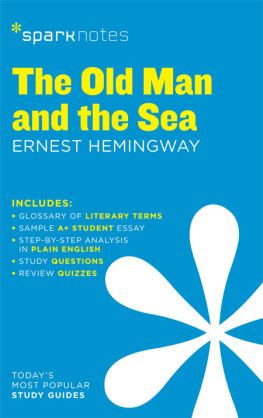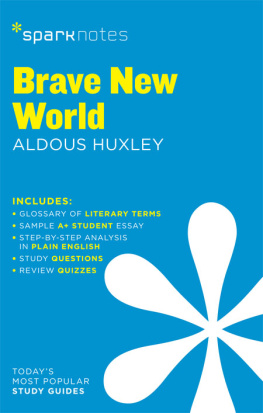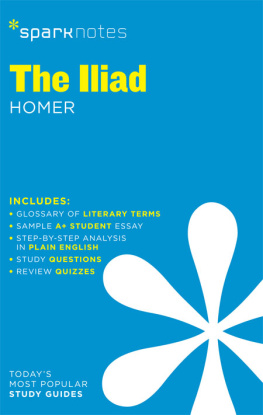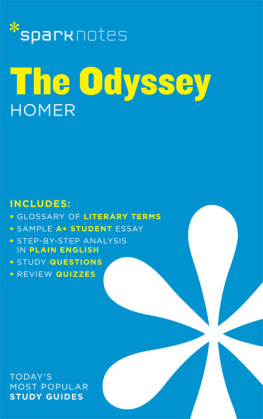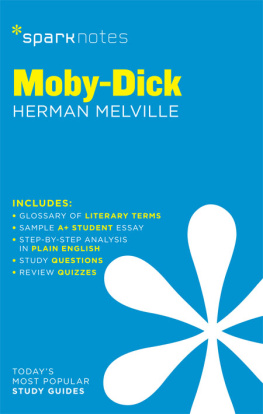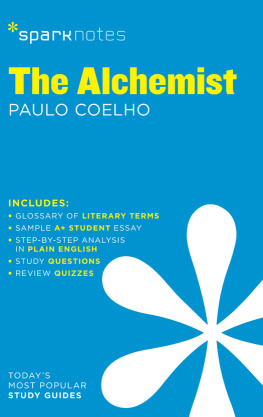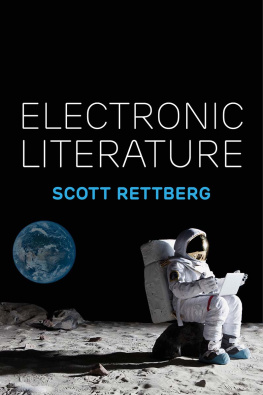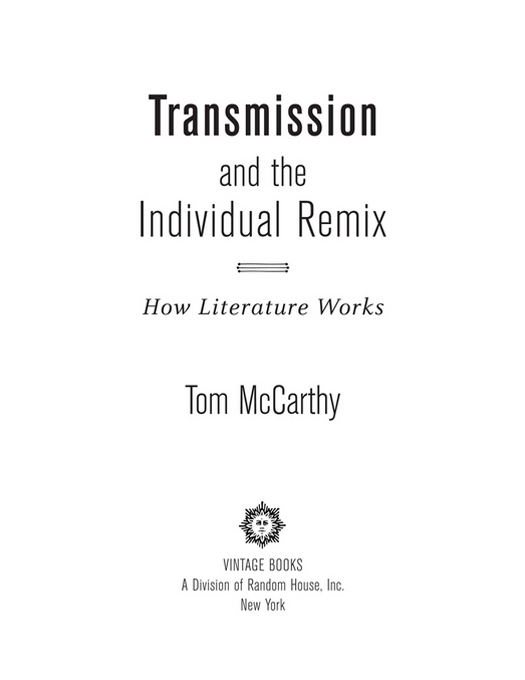
A VINTAGE BOOKS ORIGINAL, MAY 2012
Copyright 2012 by Tom McCarthy
All rights reserved. Published in the United States by Vintage Books, a division of Random House, Inc., New York, and in Canada by Random House of Canada Limited, Toronto. Published simultaneously in the United Kingdom by Jonathan Cape, London.
Vintage and colophon are registered trademarks of Random House, Inc.
eISBN: 978-0-345-80327-6
v3.1
Contents
I
THERES A SONG BY the German electronic band Kraftwerk called Antenna. It features, amid zaps, beeps, and a looping melody that escalates in tone and charge until it nears a kind of ecstasy, a vocoder-filtered voice repeating, mantralike, the phrase:
Im the antenna, catching vibration.
Youre the transmitter, give information!
I say repeating, but in fact a more fitting term would be modulating: as the tune loops around, the singer inverts the role of sender and receiverso in the second verse, I become the transmitter and You become the antennabefore reverting these roles back in the third, only to switch them once more in the fourth. The song was released in 1975, on the album Radio-Activity. The same year, a video was produced to accompany the track. You can watch it on YouTube. It shows a giant satellite dish scouring the skies for messages; an electromagnetic wave jumping and writhing on a detectors screen; and, in keeping with the reversibility attested to by the songs lyrics, aerials, first thirstily soaking up incoming signals, then spewing these back out. In the video, as in the song itself, the question of who transmits and who receiveswho speaks? who listens?is deliberately left open; and to this unanswered question we could add a second: what is said?
Why start this essaythis essay about literature and how it workswith a pop song? Let me pause for just a moment before answering that, and affirm, in no uncertain terms, that, here as elsewhere in my writing, I have nothing to say. Indeed, Id go as far as to claim that no serious writer does. If youve got something to say, then send a letter to The Guardian, or stand on a crate in Speakers Corner: youre not a writer. This claim is hardly new: it has been made over and over again, by Kafka, Beckett, and just about every major writer who ever reflected on the issue. And thats part of my point. My aim here, in this essay, is not to tell you something, but to make you listen: not to me, nor even to Beckett and Kafka, but to a set of signals that have been repeating, pulsing, modulating in the airspace of the novel, poem, playin their lines, between them and around themsince each of these forms began. I want to make you listen to them, in the hope not that theyll deliver up some hidden and decisive message, but rather that theyll help attune your ear to the very pitch and frequency of its own activityin other words, that theyll enable you to listen in on listening itself.
II
TO TALK OF ORIGINS beginningsis always problematic, and especially in the realm of culture. Every groundbreaking or innovative work turns out, when probed a little, to be piggybacking on a precedent, which in turn has its own precedentsso much so that we should perhaps stop looking for the radically new and start seeking the radically old instead. But if we want to start somewherethat is, to assign a start date to our deliberationsthen we could do worse than choose the year 458 BC. This is the year that Aeschyluss Oresteia premiered at Athenss Festival of Dionysus. This trilogy of plays appears to me, despite its ripe age, eminently modern. I mean that in the sense that it lays down the structural and thematic contours that literary works will trace and retrace right up to our own era. We see the roles and concepts of the house, the family, the city, or city-state (polis in Greek, base of the English politics), practices and rituals of mourning, institutions of the law and the very notion of justice itself being not simply represented but actively produced, configured, put into the world. But, before the cycles story proper gets going, before the patriarch Agamemnon steps over his threshold and is murdered, initiating a chain of events that will lead to matricide, furious Furies and, eventually, the creation of a chartered citizenry who practice trial by jurybefore any of this, the Oresteias first play opens with a signal crossing space.
The watchman on the palace rooftop sees it, sees the distant-but-bright flame, and he knows immediately what it means: Troy has fallen. Its the signal that the Greeks have been awaiting for a decade. He rouses all of Argos, and before long Clytemnestra, Agamemnons wife, appears before the palace and delivers an astonishing speech. Whats astonishing about it is that the beacons coded message (Troy is finally ours) is demoted, downgraded, enjoying only secondary importance: what dominates the monologue, what Clytemnestra emphasizes constantly, is the means by which the signal moved from Troy to Argos. The beacon visible to them is the final one in a long chain of beacons, each one visible only to the next. She names each of the signals staging posts, following its passage from Idas summit to the crag of Lemnos, then to Mount Athos, then across the sea to the lookout towers of Macistus, then Euripus, then Messapion, then over the plain of Aesopus, the ridges of Cithaeron, the shores of Gorgopus, the peak of Aegiplanctus, the Saronic Gulf, and finally from the summit of Arachneus down to Argos. In effect, shes sketching out the nodes and relays of a communication network.
And shes not talking about a set of crappy bonfires: Greek beacons were sophisticated objects, elaborate contraptions with movable parts, attendant encryption systems and so on. For Aeschylus, informationand, by extension perhaps, language itselfis no abstract, natural phenomenon: its a manufactured, mediated, and material regime in which we find ourselves, the precursor and precondition to our agency and actions. When listened to attentively, Clytemnestras speech starts whispering a truth I hope to amplify and echo in this essay: that we are always not just (to use a dramatic term) in medias res, i.e., in the middle of events, but also simply in media. In the beginning is the signal.
III
WHAT, THOUGH, OF THE ROLE of literature within this media regime? A beacon signals not a poem, and the Oresteia features no poets among its characters: Agamemnon is a general and king, Aegisthus a schemer, Athena a goddess. The first poet, as everybody knows, is Orpheus. Hes Greek too, of coursealthough its in the work of the first-century AD Latin writer Ovid that he makes whats generally held up nowadays as his original appearance (to put it another way, he comes to us already reconfigured and repeated). When Ovid has him sing, young men, plants, and beasts gather around him. He sings not of himself but of Pygmalion, Hyacinthus, Myrrha, and Cinyras, and much more: like some ancient jukebox, replaying stories on demand. This will turn out to be his final concerthis final living one, at least (as we shall see). His previous concert was performed in the realm of the unliving, the Underworld: a direct appeal to its gods, an invocation, by these awful regions, by this boundless chaos, and by the silence of your vast realms, to weave again Eurydices destiny, brought too swiftly to a close. The gods gave her back; Orpheus turned around to look at her; he lost her againyou know the story. Its this catastrophic loss that has set up his residency on the Thracian hilltop, the level stretch of open ground he makes his grove in. Nearby, farmers plough their fields; their hoes and rakes and mattocks will provide the very weapons with which the Ciconian women first disperse Orpheuss audience and then hack him apart, sending his limbs to the four corners of the earth. First a gathering together, then a scattering, a dis-articulation.



